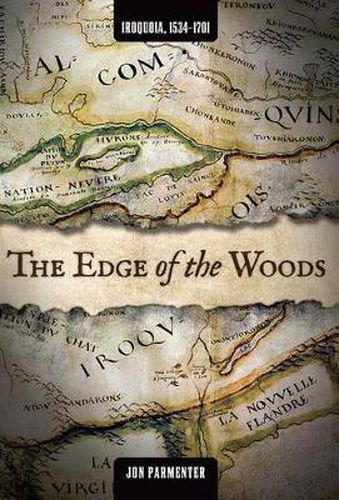Readings Newsletter
Become a Readings Member to make your shopping experience even easier.
Sign in or sign up for free!
You’re not far away from qualifying for FREE standard shipping within Australia
You’ve qualified for FREE standard shipping within Australia
The cart is loading…






Drawing on archival and published documents in several languages, archeological data, and Iroquois oral traditions, The Edge of the Woods explores the ways in which spatial mobility represented the geographic expression of Iroquois social, political, and economic priorities. By reconstructing the late precolonial Iroquois settlement landscape and the paths of human mobility that constructed and sustained it, Jon Parmenter challenges the persistent association between Iroquois ‘locality’ and Iroquois ‘culture,’ and more fully maps the extended terrain of physical presence and social activity that Iroquois people inhabited. Studying patterns of movement through and between the multiple localities in Iroquois space, the book offers a new understanding of Iroquois peoplehood during this period. According to Parmenter, Iroquois identities adapted, and even strengthened, as the very shape of Iroquois homelands changed dramatically during the seventeenth century.
$9.00 standard shipping within Australia
FREE standard shipping within Australia for orders over $100.00
Express & International shipping calculated at checkout
Drawing on archival and published documents in several languages, archeological data, and Iroquois oral traditions, The Edge of the Woods explores the ways in which spatial mobility represented the geographic expression of Iroquois social, political, and economic priorities. By reconstructing the late precolonial Iroquois settlement landscape and the paths of human mobility that constructed and sustained it, Jon Parmenter challenges the persistent association between Iroquois ‘locality’ and Iroquois ‘culture,’ and more fully maps the extended terrain of physical presence and social activity that Iroquois people inhabited. Studying patterns of movement through and between the multiple localities in Iroquois space, the book offers a new understanding of Iroquois peoplehood during this period. According to Parmenter, Iroquois identities adapted, and even strengthened, as the very shape of Iroquois homelands changed dramatically during the seventeenth century.